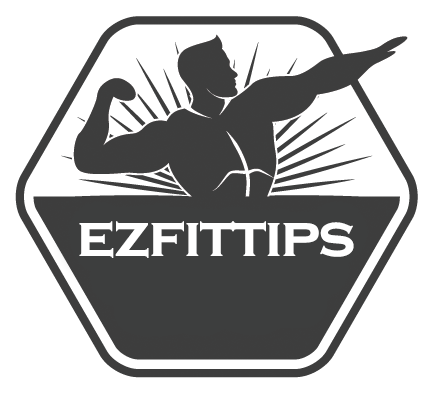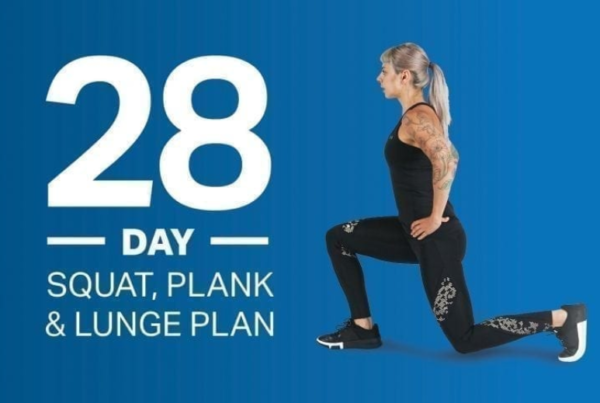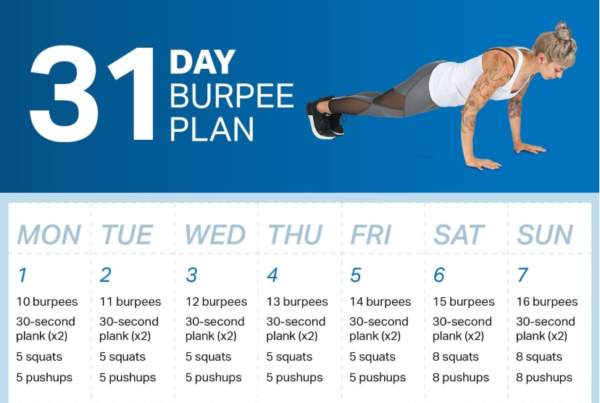We train our core for many reasons: great posture, less back pain, better athletic performance, tighter midsection and a myriad other valid benefits. Gain all of these benefits and more, safely and effectively with your own bodyweight during our 4-Week Core Strength Plan.
Remember: A lot more goes into getting a tight and defined midsection than simply doing abdominal exercises. A healthy diet and plenty of sleep are both essential to creating a better athlete and a better body, so continue tracking your food and workouts on MyFitnessPal for overall health and fitness!

- READ MORE: Do This Daily For a Healthy Spine
PLANK
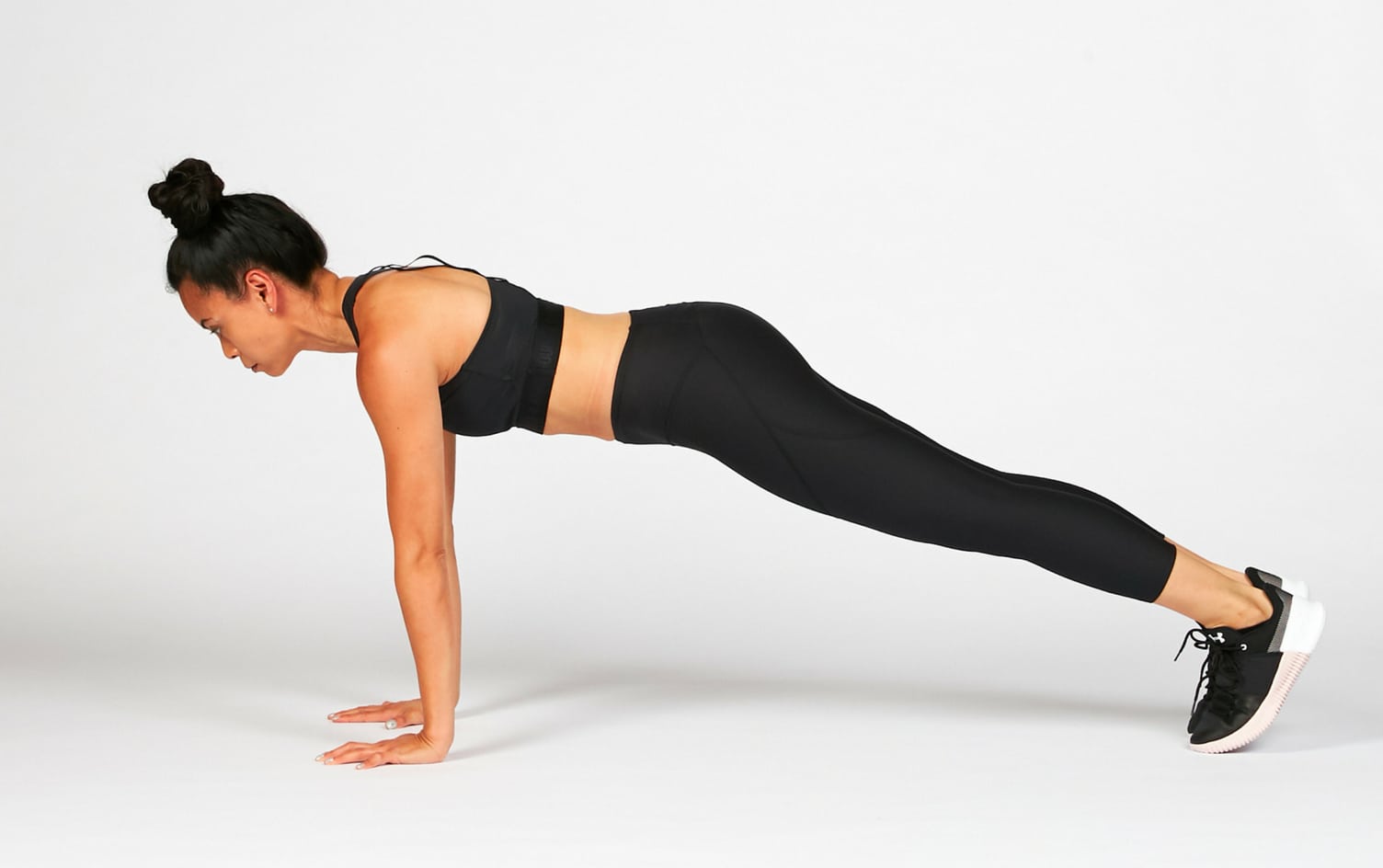
For maximum strength and endurance gains, hold tighter, more active planks for a shorter period of time. With the forearms on the ground and elbows directly under the shoulders, brace every muscle of your body (especially those glutes!) and hold a perfectly straight line for 10 seconds on, 2–3 seconds off. If you cannot complete a 10-second plank without the hips sagging, move your knees to the ground.
For the weekly plank test, stop when you are no longer able to maintain maximum core tension or when body alignment suffers — there should be constant body tension and ears, shoulders, hips and ankles should be aligned. It is best to do these challenges (and all exercises!) in front of a mirror.
PLANK PROGRESSIONS
Plank + Arm Raises
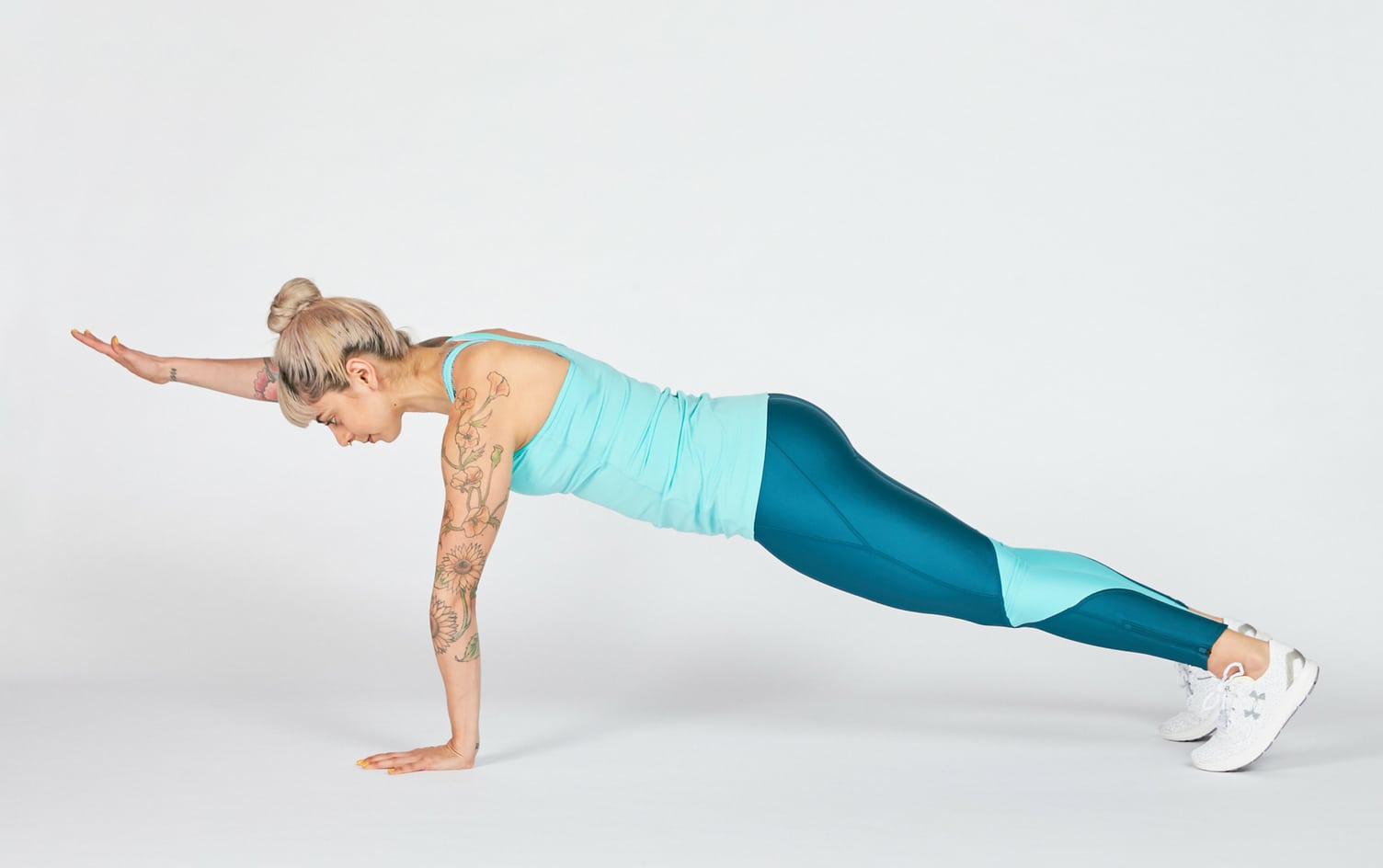
Slide right hand out in front of your body, return, then repeat with the left hand. Ensure there is no rotation or other movement with the plank.
Plank + Leg Raises
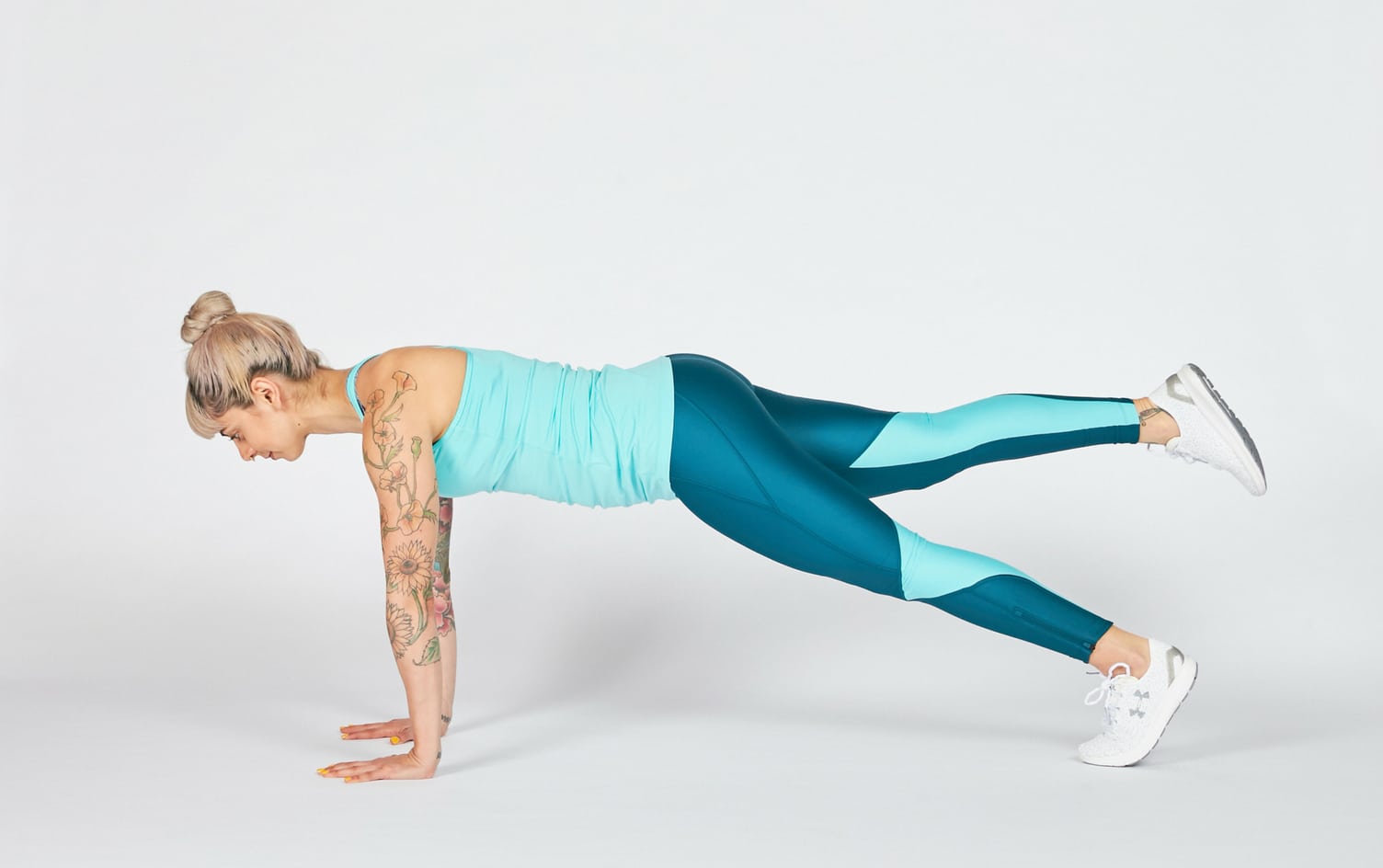
Slightly lift and abduct (push away from the body) your right leg, return, then repeat on the left. Ensure there is no rotation or other movement with the plank.
Plank Walks Side to Side
While on your forearms, maintain a straight and active plank while taking a “step” with the right forearm and right leg to the right, and returning with the left forearm and left leg to the left.
MCGILL CURL UP
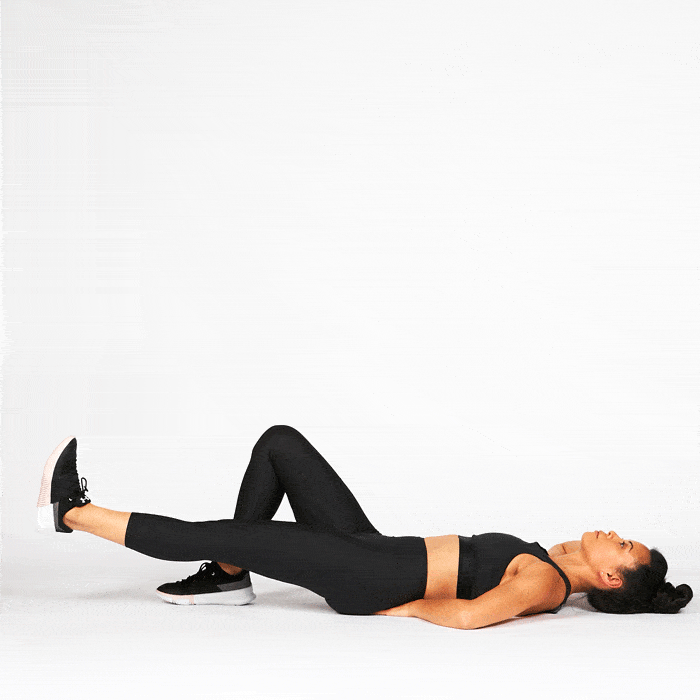
Dr. Stuart McGill identified three exercises (known as the “Big Three”) that focus on core strength and stability while putting a minimal load on the spine.
The McGill Curl-Up, one of the “Big Three” exercises, differs from a crunch in that there should be no movement from the lumbar spine so as to protect the discs and promote proper posture. Begin by laying flat on your back with only one knee bent. Place your hands under the small of your back to monitor movement, ensuring your back does not touch the floor. Brace the core muscles as if you were about to be punched in the stomach and lift the head and tops of the shoulders, keeping the spine in neutral. For an added challenge, lift your elbows off of the floor.
SIDE PLANK
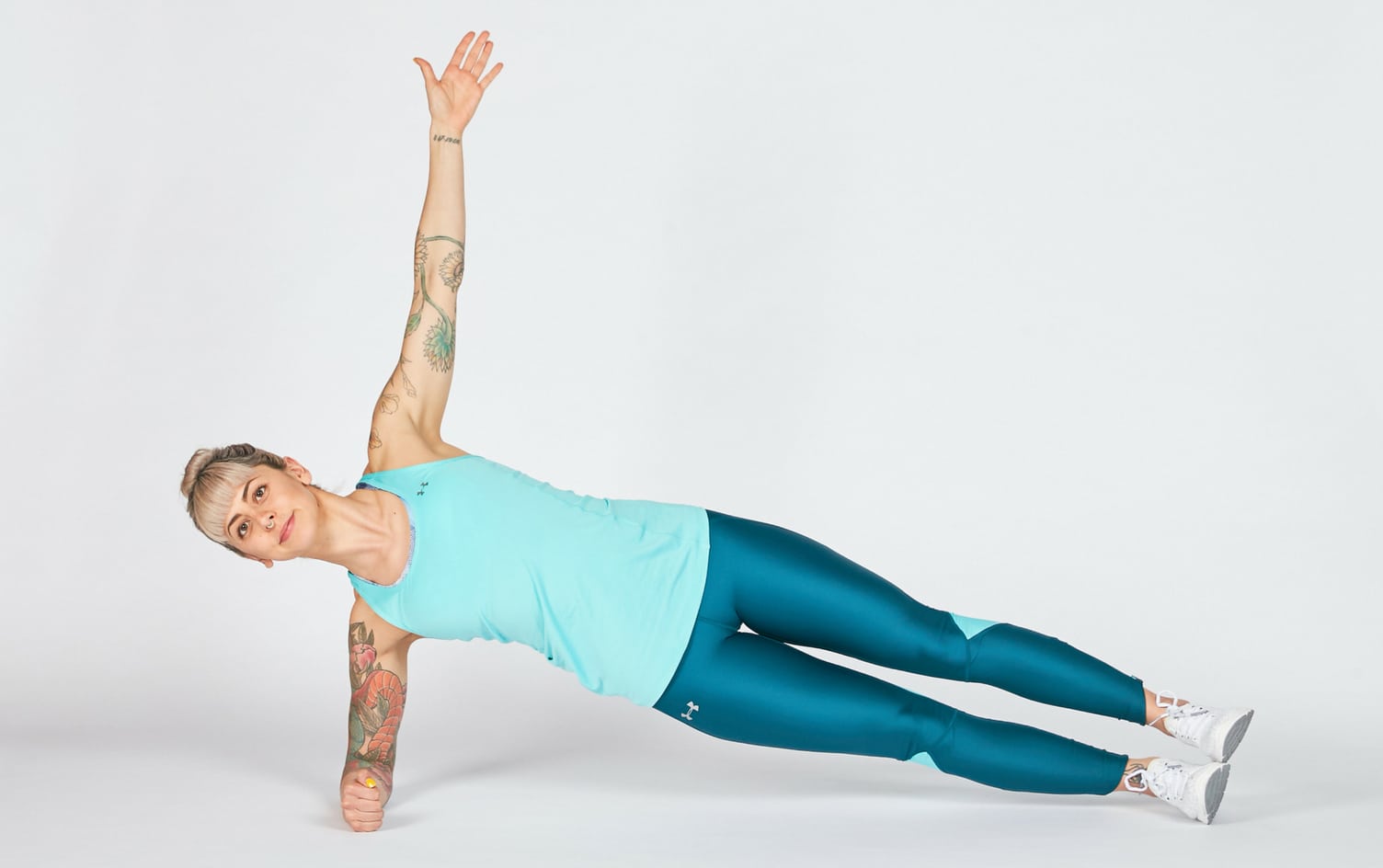
The side plank is another one of McGill’s “Big Three” exercises. Line your elbow up with your shoulder and your shoulder with your hip and heel. With a very tight and braced core, push the ground away from you, staying active in the shoulder joint. To reduce the intensity, perform this exercise as a side bridge from the knees instead of the feet.
For the weekly side plank test, stop when you are no longer able to maintain maximum core tension or when body alignment suffers — there should be constant body tension and ears, shoulders, hips and ankles should be aligned. It is best to do these challenges (and all exercises!) in front of a mirror.
SIDE PLANK PROGRESSIONS
Side Plank + Leg Raises
While holding a strong, straight active plank, lift your top leg up about 6 inches and slightly back to engage the glutes. Lower and return.
Side Plank + Twist
Reach your top arm under your body while simultaneously raising hips. Return to a solid and straight plank position.
BIRD DOG
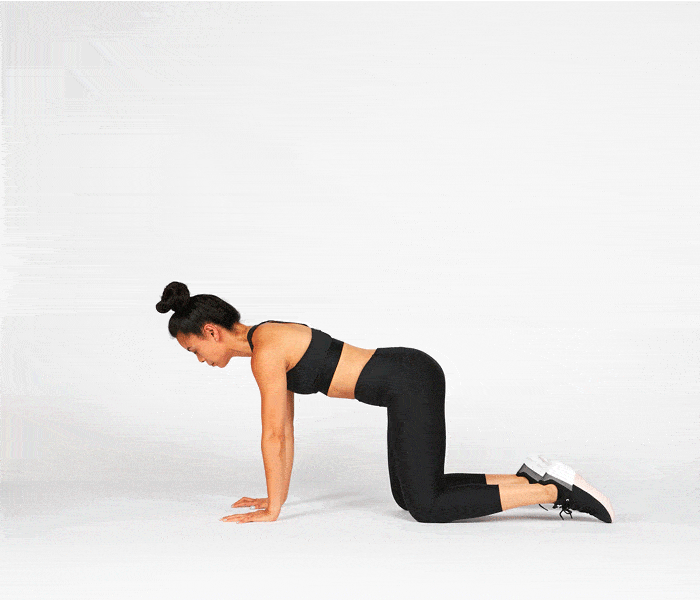
The bird dog is a co-contraction of one leg and the opposite arm in the quadruped position. Begin by posturing the spine in neutral, with your hands directly underneath your shoulders and the knees directly underneath your hips. Find a neutral spine and gently brace your core. Sweep the floor with your hand and knee after each 10-second hold.
